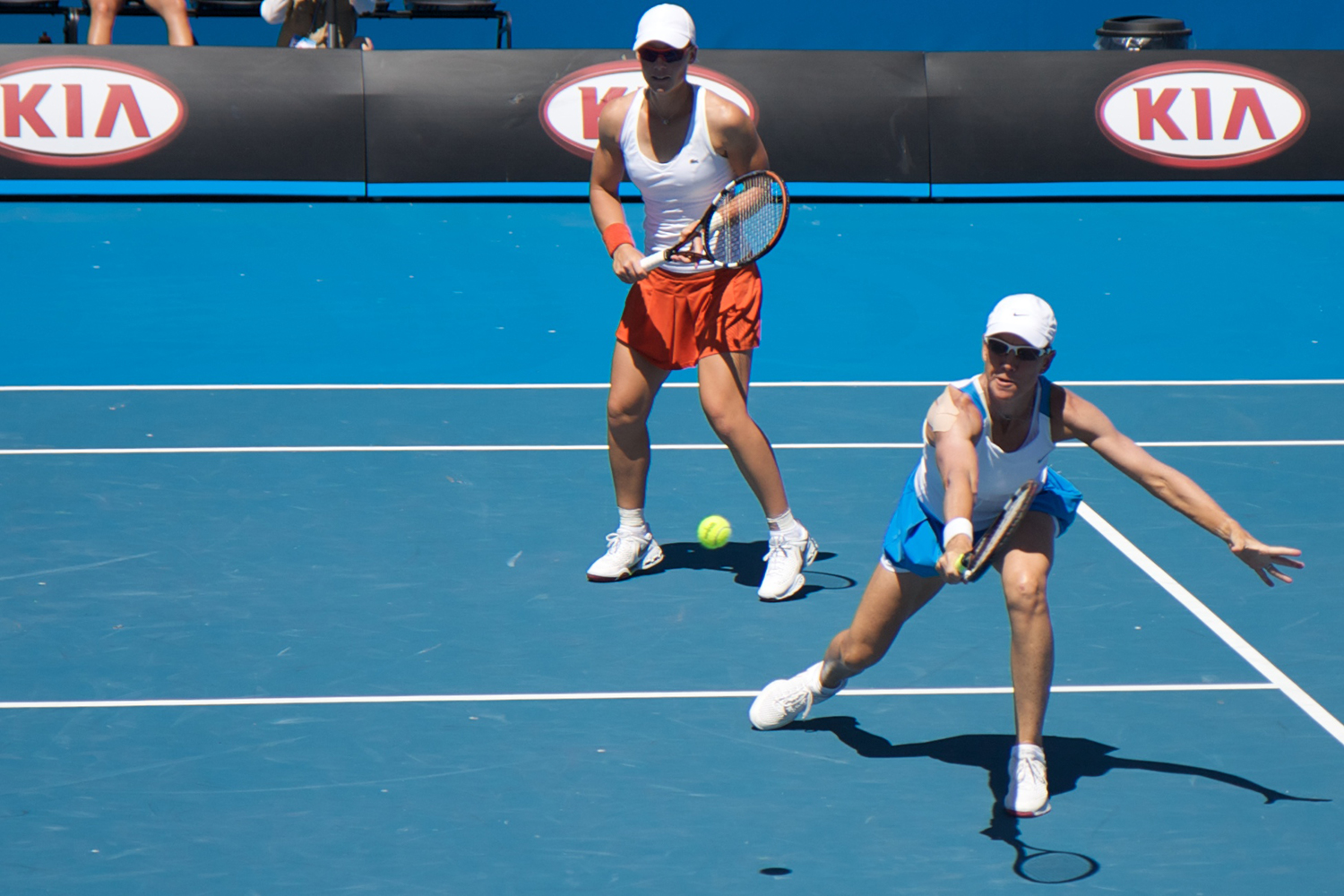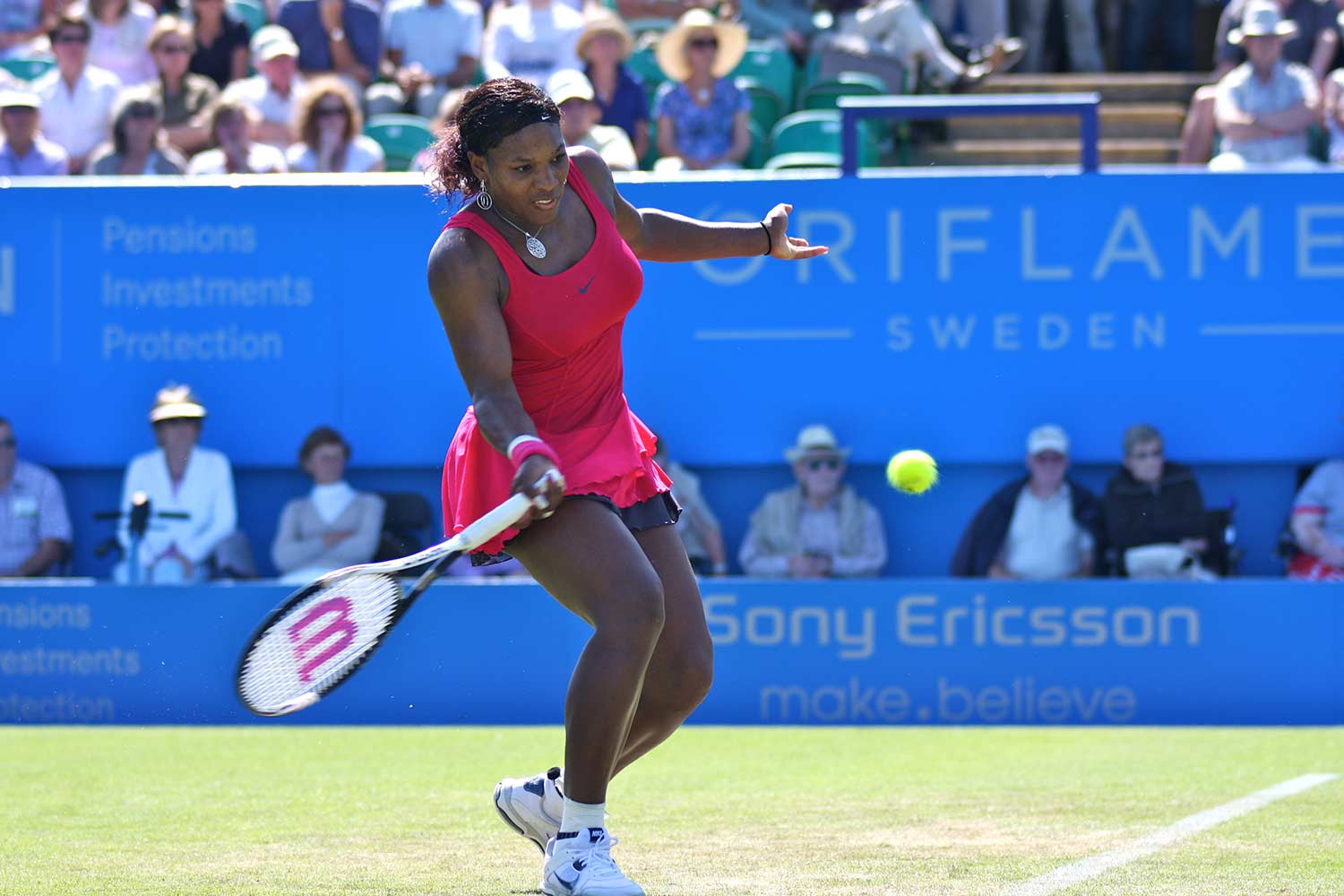Meeting your match
Long before tennis players set foot on the court, every match in their tournament needs to be scheduled. To decide how best to match up the players in the first round, the entrants to the tournament are seeded—the tournament planners figure out which players are the most likely to win the tournament and ‘plant’ them into the appropriate slot in the tournament. The easiest way to do this is to look at their world rankings—but how are these determined?
World rankings
Every week the men's Association of Tennis Professionals (ATP) and the Women’s Tennis Association (WTA) compute and update the world rankings for professional tennis players. They award ranking points to every player, then rank players in order from most to least number of points. To rank doubles teams, the ranking points from both players in the team are simply added together.

Ranking points are calculated by taking each player’s tournament results over the past 52 weeks. Some important tournaments, such as the four Grand Slam tournaments, must be included in the calculation. Points are awarded for each men’s and women’s tournament based on the type of tournament and how far the player progressed before being eliminated.
For example, the WTA currently awards players in a 2017 Grand Slam tournament 780 points for being eliminated in the semifinals, 1,300 points for being eliminated in the final and 2,000 points for winning the tournament. The points almost double for every extra round that a player progresses—an example of exponential growth, a mathematical process that causes numbers to grow rapidly.
Seeding a tournament
Once the players are ranked, seeding a tournament is usually just a matter of listing the top 32 entrants in order of their rankings. This is how the Australian Open, French Open and US Open tournaments are seeded.
Wimbledon, however, chooses to do things a little differently. Instead of using the ATP ranking points, they use their own modified points system. Wimbledon is a tournament played on grass, so they calculate their seeding with a formula that gives more weight to ranking points a player earned when playing on grass courts. But they do it this way only for the men—seeding for the women’s Wimbledon tournament is based on the unmodified WTA rankings, in line with the other Grand Slams.
So that’s how the rankings for all the players are determined. Next step is structuring the tournament—figuring out which players should play who, and when.

Grand Slams start with a field of 128 players. If we assume a player must lose at least one match in order to be knocked out of the tournament, we’re going to need 127 matches—with a field of 128 players, 127 must be knocked out to determine the ultimate winner. So if the number of players in a tournament is represented by n, the number of matches needed to determine the winner will always be n−1.
Can we design a tournament that determines a winner after precisely 127 matches? Yes, we can, and it’s surprisingly straightforward. We use what is called a ‘single-elimination’ tournament structure (or what some mathematicians might call a ‘binary tree’).

This tournament features the mathematical process of exponential decay—half the players that start any given round are knocked out by the end of that round, which causes the number of players left in the tournament to drop off rapidly as the tournament progresses. The winner and runner-up of the whole tournament need to play only 7 matches, and every other player in the tournament plays fewer matches. With the minimum number of 127 matches played, Grand Slam tournaments can be held in a very reasonable time frame of 2–3 weeks.
Ensuring the best clash is saved until the end
The tournament should naturally become more difficult for the players as the rounds progress, as stronger higher-ranking players triumph and the lower-ranking players are knocked out. But we need to be careful in our tournament design: we want to make sure that the top seeds don’t meet each other (with one of them being eliminated) at the start of the tournament. So, we place the seeded players carefully in tournament brackets. The first and second seeds are placed at the very ends of the first round, like so:

This ensures that if the first and second seeds win all of their matches, they can’t face each other until the finals. A similar idea is used to make sure the top four seeds can’t meet each other until the semifinals—seeds 3 and 4 are placed (randomly) in the following two positions.

Likewise, none of the top eight seeds can meet until the quarter finals, the top 16 won’t meet until the fourth round, and the top 32 seeded players won’t meet until the third round. The remaining 96 unseeded players (eight of which are ‘wild card’ entries to the tournament, selected on grounds other than their world ranking) are then placed randomly in the remaining slots. This careful set-up of the tournament draw is why you never see two big-names clashing until the later stages of the tournament. The best is saved until last.





